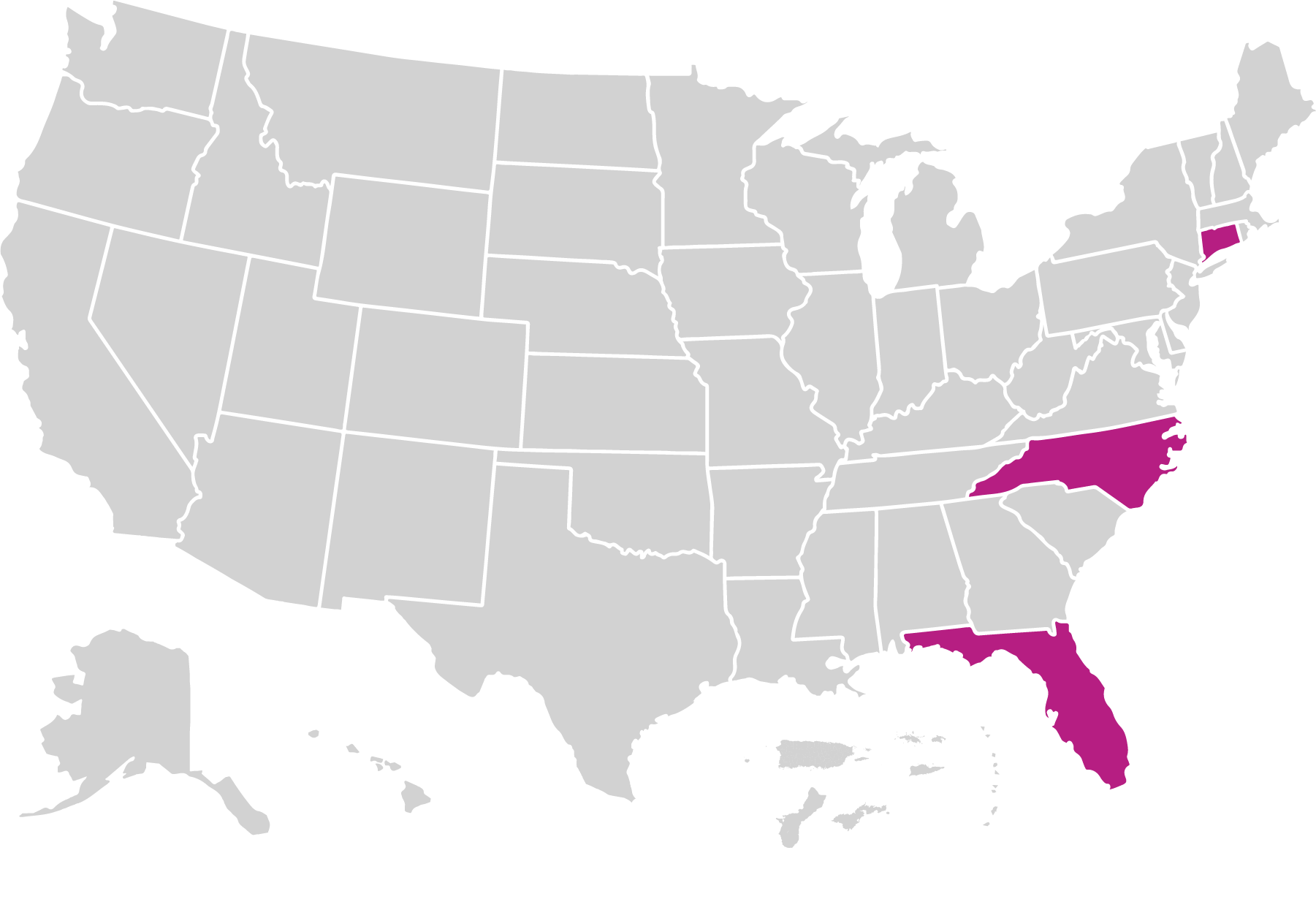Child First
Child First helps to heal and protect children and families from the effects of trauma and chronic stress by providing a psychotherapeutic intervention that promotes nurturing caregiver-child relationships, enhances adult capacity, and provides care coordination to connect families with services and supports. See www.childfirst.org for details.
What is the model’s approach to providing home visiting services?
Home visits take place twice per week during a month-long assessment period and a minimum of once per week thereafter. Services are provided for families and their children prenatally through 5 years old for approximately 6 to 12 months, but can extend beyond 12 months depending on a family’s need.
Child First’s target population includes the following:
- Children with emotional or behavioral problems
- Caregivers with depression, PTSD, and other mental health problems
- Low-income families
- Caregivers experiencing domestic violence or trauma
- Children experiencing abuse, neglect, or other trauma
- Families with a history of substance abuse or in need of treatment
- Families who are homeless
- Children with developmental delays or disabilities
Who is implementing the model?
Home Visitors
Child First was implemented by 156 home visitors in 2018. The model requires care coordinators to have a bachelor’s degree and mental health clinicians to have a master’s degree in a mental health specialty with a license. Home visitors typically maintain a caseload of 12 to 16 families.
Supervisors
Child First was implemented by 34 supervisors in 2018. The model requires a master’s degree in a mental health specialty with a license for supervisors.
Where is the model implemented?
Child First operated in 23 local agencies across three states in 2018.

Families Served Through Evidence-Based Home Visiting in 2018
Race
* American Indian/Alaska Native
<1% Asian
26% Black
0% Native Hawaiian/Pacific Islander
62% White
7% Multiple
4% Other
Caregiver age
2% ≤ 21 years
31% 22-29 years
48% 30-44 years
20% ≥ 45 years
Caregiver education
23% No HS diploma
33% HS diploma or GED
30% Some college or training
14% Bachelor's degree or higher
Ethnicity
30% Hispanic or Latino
70% Not Hispanic or Latino
Household income
92% Low-income status
8% Not low-income staus
Child age
11% < 1 year
20% 1-2 years
67% 3-5 years
Child insurance status
91% Public
8% Private
1% None
Primary language
84% English
13% Spanish
3% Other
